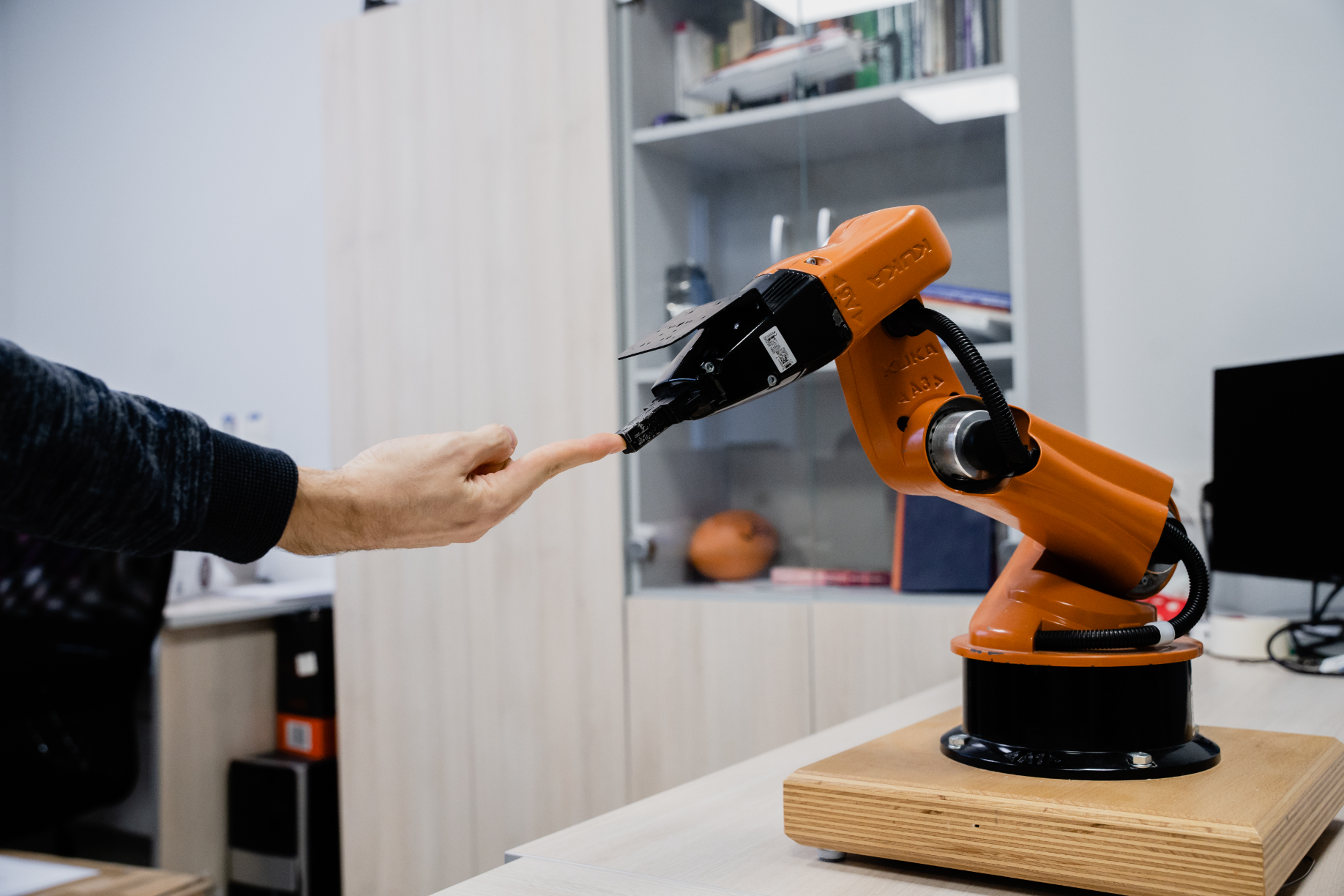
“Instead of” or “Together”? In the case of human interaction with robots, the second, fortunately, is still in the lead; there is no talk of displacing people by robots from different professions. At least, this is evidenced by modern research in the field of human-robot collaboration, as well as foreign and domestic experts. The ethical issues of working with robots and artificial intelligence puzzle scientists and even the Holy See. Let's try to figure it out together with the Dean of the Faculty of Infocommunication Technologies of ITMO Alexander Kapitonov and Candidate of Technical Sciences Vladislav Gromov.
Robot helping
In Augsburg, Germany, KUKA Robotics is conducting research in partnership with the University of Applied Sciences for Sports. As part of the RoSylerNT project, they study the interaction of a person with a robot assistant when carrying loads. The focus is on psychosocial aspects, such as the perception of technology by people who work with the robot, fear of them and the formation of trusting relationships.
The robotic system, created by KUKA, is a mobile autonomous platform and two LBR iiwa robots. The participants in the experiment were 15 testers aged 18 to 49 years. Their main task is to interact with the robot and describe their experience.
The robot is equipped with sensors and computer vision technology, and it is also equipped with a tablet that allows it to communicate with its partner using visual messages. As noted by the participants in the experiment, these messages help to understand the actions of the robot more easily and work to establish trust in the human-robot pair. LBR iiwa also personally greets its partner thanks to the built-in face recognition system.
“After a short period of getting used to it, I quickly realized how the robot reacted to me, what it could do and what it couldn't. For example, I soon found out that he does not have a tendency to sudden movements , ”says one of the participants in the experiment.
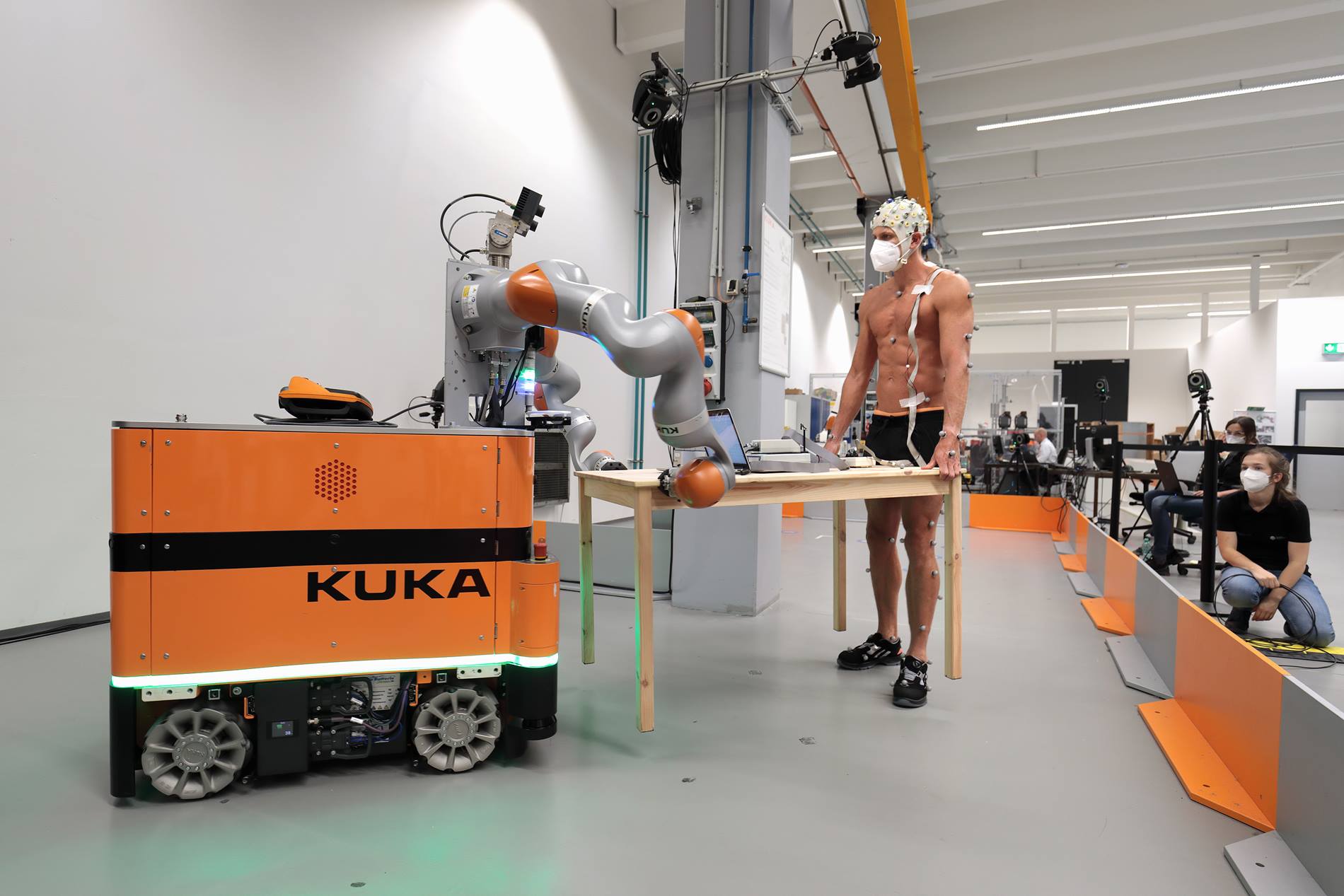
The uploaded maps of the surrounding space and a photo base help the robotic system navigate the terrain. The robot is able to recognize posture, movement, analyze the load of a person and adapt to him in a specific situation. This is necessary not only for effective interaction, but also to protect against accidental injury when working with the robot.
The research project will continue until the end of 2021. The developers plan to get a self-learning robotic system that would become a full-fledged interactive human assistant. Despite the attention to the psychosocial aspect of the research, the project curators are also interested in developing innovations that would form the basis of other KUKA robots.
As the company notes, cooperation with robots is gaining in importance, and in industry, people and intelligent machines are increasingly working in close proximity to each other.
Alexander Kapitonov, Dean of the Faculty of Information and Communication Technologies at ITMO, Progressor of the Airalab project There are a lot of
initiatives in the field of the so-called human-robot collaboration. They are especially developing in European countries. Business here analyzes robotization from different aspects: social, economic, psychological. The KUKA Roboter study is one example. BMW has also shown itself well here . The German car manufacturer once pledged to its employees to provide them with other jobs if they were replaced by robots as a result of automation.
Human-robot collaboration — . , , . , , . — , , - .
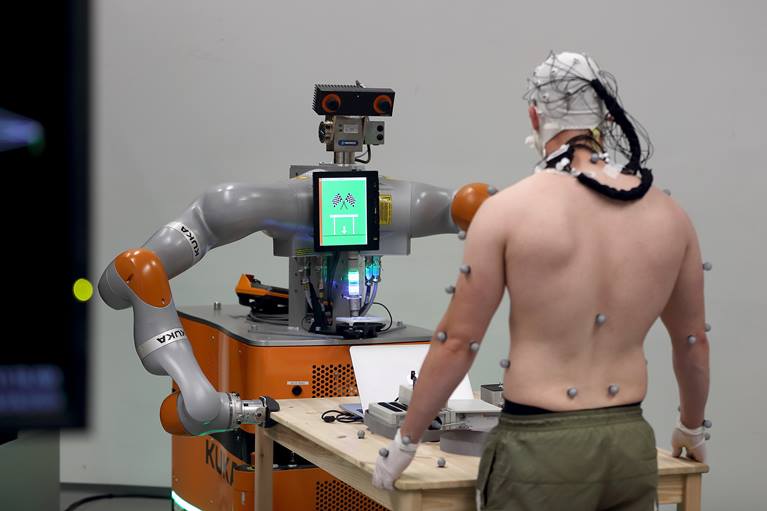
Germany is one of the first countries to start developing an extensive robotics and industrial automation program since 2006. Soon the European Union became interested in this issue. In 2013, the SPARC project was launched , dedicated to the development and financing of robotics.
The project does not end, and these days, from 23 to 25 November, the annual European Robotics Week 2020 is being held in Bosnia and Herzegovina under the auspices of SPARC . The main theme is "Robotics for Humanity". The week is dedicated to the impact of robotics and technology on everyday life, economy and health in the context of the COVID-19 pandemic.
In general , there are many major events dedicated to robotization and human-robotic interaction . So, the ACE conference(International conference on future applications of AI, sensors, and robotics in society) - in 2021 will be held for the 15th time. As a result, the Journal of Future Robot Life is published , covering a whole range of topics - from emotions and ethics of robots to interactions with sex robots. Even the Pope is worried about the
ethical principles of artificial intelligence . The latest "high-profile" document regulating relations with AI was presented on February 28, 2020 as part of a scientific forum on AI, organized by the Pontifical Academy for the Defense of Life. According to the documents, artificial intelligence must respect privacy, operate reliably, impartially, transparently and "take into account the needs of all people." The Code of Ethics has been endorsed by Microsoft and IBM.
What is in Russia
There is also some progress in Russia towards creating a secure digital environment and a system of its legal regulation. At least the importance of this task was noted by the President in September this year at the 75th session of the UN General Assembly.
In general, in robotization, the country is still inferior to others: industrial robots are used little. According to the latest data (joint researchThe Ministry of Telecom and Mass Communications of the Russian Federation with the National Association of Robotics Market Participants), the density of robotization in Russia in 2018 was 5 robots per 10,000 workers. For comparison, the global average for the same period was 99 robots. In China, the robotization density was at around 140 robots, in the United States - 217, in Japan - 327, in Germany - 338. World leaders are South Korea (774 robots per 10 thousand workers) and Singapore (831 per 10 thousand workers) ...

However, no matter how small the integration of robots into the life of the country is, people are also thinking about how to introduce them into the legal field.
The “first sign” was the concept of the law on robots, developed by the co-founder of Mail.Ru Group Dmitry Grishin in 2016. The bill was not adopted, but as a result, an Autonomous Non-Profit Organization for the Promotion of the Development of Robotics and Innovative Technologies "PravoRobotov" appeared . It is she who is entrusted with the role of a key domestic platform for the preparation of legislative initiatives in the field of the digital economy.
The question of the place of robots in the legal field from time to time pops up on the news agenda. So, in 2019, amendments were made to the decree of the Government of the Russian Federationin the SDA "On unmanned vehicles". Recently, the Institute of Progressive Education turned to the Ministry of Finance with a proposal to introduce a tax on robots, and to send the collected funds to a special Fund for the retraining of vulnerable professions. It is assumed that tax deductions will be comparable to 13% of personal income tax from the average salary in a particular profession. According to forecasts, 20 million people may remain unemployed in the country within 10-15 years.
Robophobia
Robophobia - fear of technology and an irrational hatred of it - has already acquired a cultural context and has become the object of research around the world. In conclusion, we asked the experts whether it is worthwhile to strain if a silent industrial controller suddenly became your “neighbor on the shop floor”.
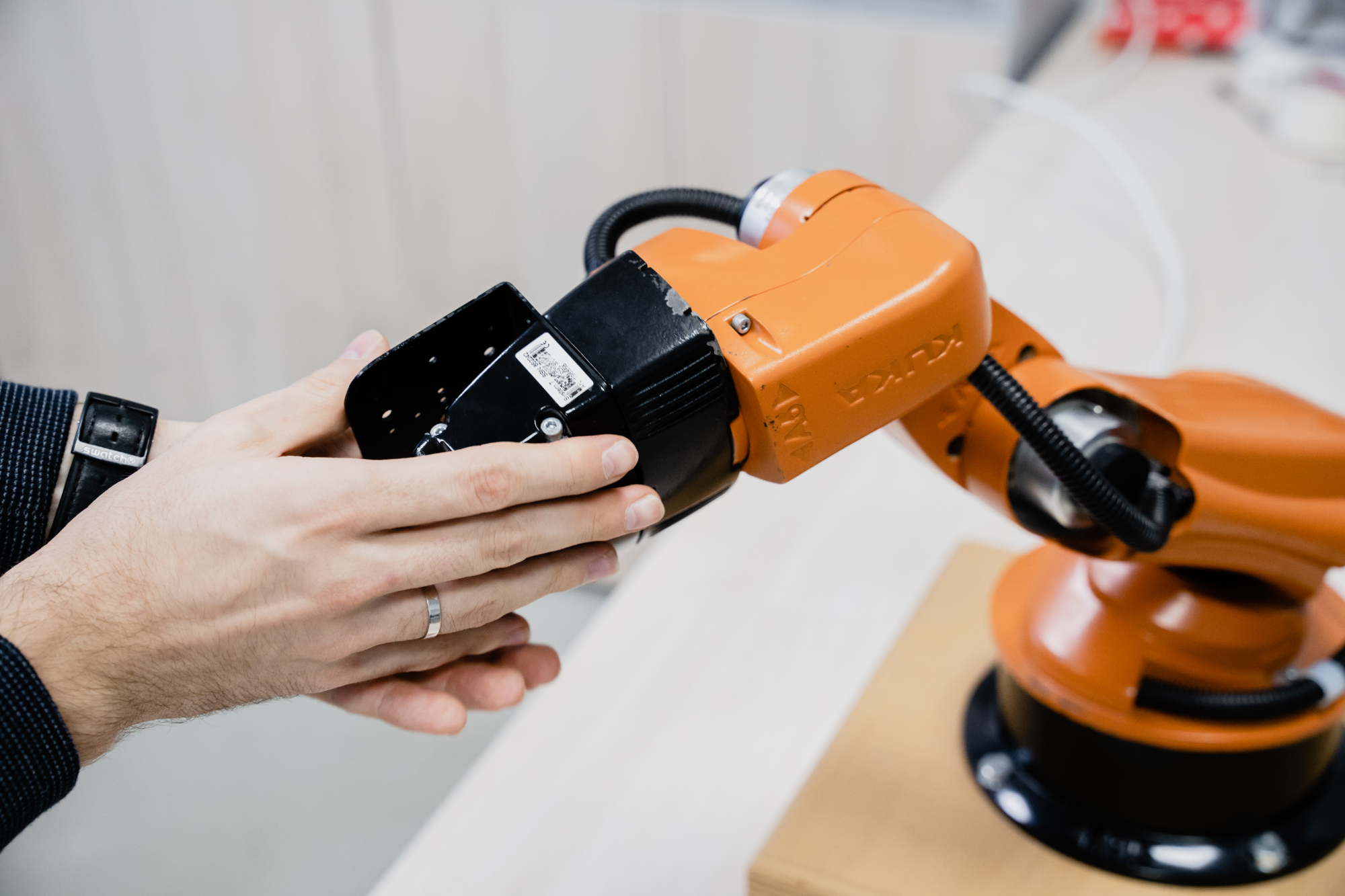
, , , KUKA
, , , — . . - API , . , . . — .
, . c , . , — . , , — .
? , . , , , . , , , — . , , .
— , . , . , , . , , . , . - .
, — , . « » . . , .
. , «» ( , ).
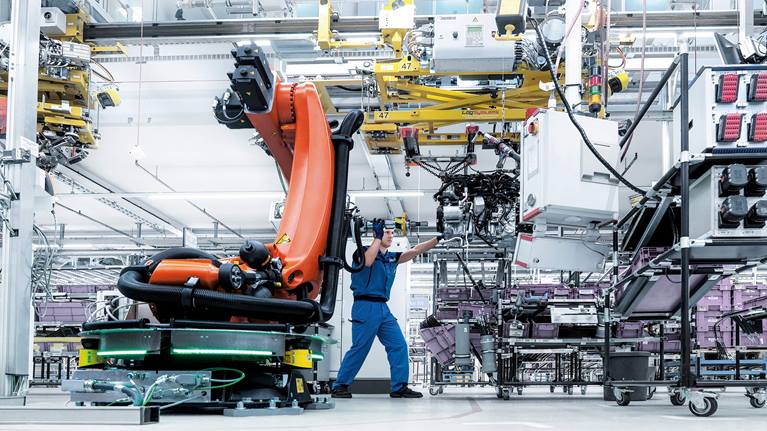
, , Airalab
: , , , , .
, . . , - , Will robots take my job. , / . . — . — - 89%, . , , .
